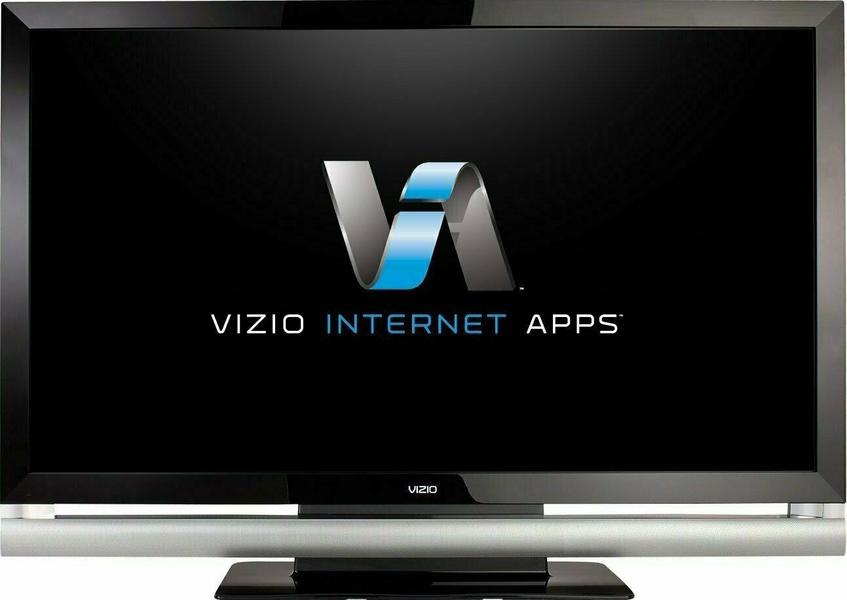
The M55Q6 offers a modest, but more than adequate selection of ports, including analog audio and component/composite video. My unit sported a 300mm x 200mm VESA mount point. At 29.39 pounds, it’s also light enough for wall-mounting even without hitting a stud (if you’re careful and use the right hardware). If you’re reasonably able, you’ll have no problem setting it up solo. I had no difficulty wrangling the unit out of the box and it was easy to hold in place upside down while I screwed in the two legs. The M-Series aren’t the lightest TVs out there, but they do range towards that end of the spectrum. Quantum dots are employed for accurate color, and there’s enough peak brightness to breathe life into HDR titles.

They offer array backlighting, but no zone dimming until you hit the MQ7 models (then you get up to 32 zones). The M-Series, including the 55-inch class model M55Q6 that I tested, are 60Hz, 3840 x 2160 (4K UHD), 10-bit TVs. This review is part of TechHive’s coverage of the best smart TVs, where you’ll find reviews of the competition’s offerings, plus a buyer’s guide to the features you should consider when shopping for this type of product.


 0 kommentar(er)
0 kommentar(er)
